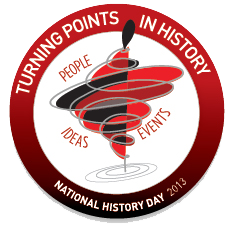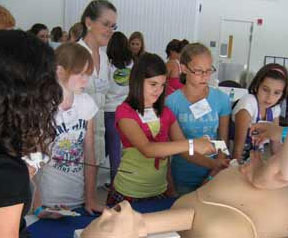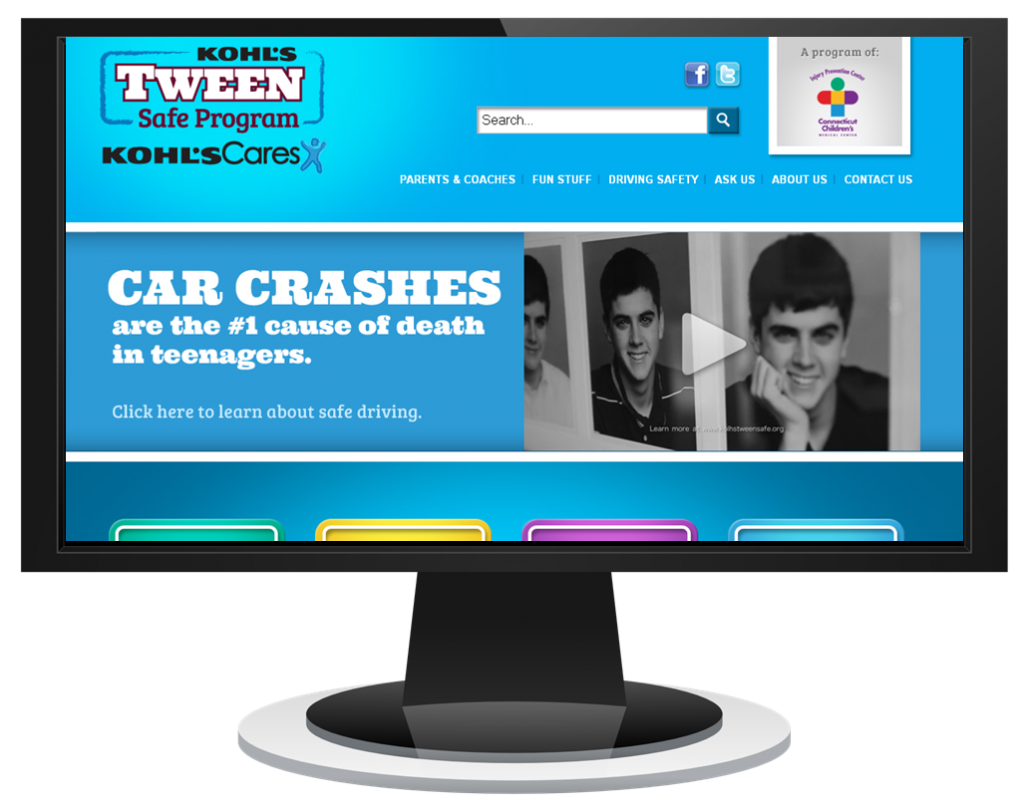West Hartford First School District to Commit to State’s Green LEAF Program
/
West Hartford schools are turning over a new leaf, and going green. The school district has become the first in the state to have every school principal agree to abide by the guidelines of the Connecticut Green LEAF program, which promotes increased environmental and sustainability education and health and wellness efforts. LEAF stands for “Leading, Educating, Achieving and Fostering green healthy schools for all.”
According to the initiative’s website, green schools create healthy, productive learning environments for students and teachers. The site points out that studies show that green schools raise student achievement and save money, while improving the health of students and staff. In addition, it states that environmental edu cation provides a focus for learning in all content areas and builds critical thinking skills, and students are more engaged and become empowered to make a difference in their school and community and contribute to a vibrant economy and more sustainable communities.
cation provides a focus for learning in all content areas and builds critical thinking skills, and students are more engaged and become empowered to make a difference in their school and community and contribute to a vibrant economy and more sustainable communities.
Connecticut Green LEAF Schools is a collaborative effort of the CT Department of Education, CT Department of Energy and Environmental Protection, CT Department of Public Health, CT Department of Construction Services, as well as many environmental and educational organizations.
The state can nominate up to four Connecticut Green LEAF Schools annually for the national Green Ribbon Schools award. In April, the U.S. Department of Education honored three Connecticut schools as recipients of the 2013 Green Ribbon Schools designation: Barnard Environmental Studies Magnet School in New Haven, Common Ground High School in New Haven, and Environmental Sciences Magnet at Mary Hooker School, in Hartford.
The Green Ribbon Schools program is a U.S. Department of Education recognition program for K-12 schools that have made significant progress in reducing their environmental impact, improving student and staff health, and providing effective environmental education. This recognition is part of a larger U.S. Department of Education effort to identify and disseminate knowledge about practices proven to result in improved student engagement, academic achievement, graduation rates, and workforce preparedness, as well as a government-wide aim to increase energy independence and economic security.
A brochure highlighting the Connecticut Green LEAF Schools program has been developed. According to the website, Connecticut Green Schools include:
• Common Ground High School (New Haven)
• Barnard Environmental Studies Magnet School (New Haven)
• Environmental Sciences Magnet School at Mary Hooker (Hartford)
• Staples High School (Westport)
• The Foote School (New Haven)
• Two Rivers Magnet Middle School (East Hartford)
• Westover School (Midddlebury)
When the 16 West Hartford school principals signed letters of commitment this month, it marked the first time that an entire district in the state signed on to participation in the program. Connecticut schools can participate at any time, according to the process:
- A school is interested in joining the CT Green LEAF Program and the principal signs on to Level 1 Principal's Commitment or Level 2 Principal's Committment
- The school notifies CT Green LEAF of their commitment and initiates their green team.
- Within a month, the school green team completes and submits the Self-Assessment Tool. Schools scoring above a 60 may be eligible for nomination to the Green Ribbon Award. Resources and supports are provided to help schools improve in all areas, including webinars, discussion boards, mentors, and professional development opportunities. Participating agencies are sharing their expertise to help schools.
CT Green Schools also includes a program for college campuses.















































